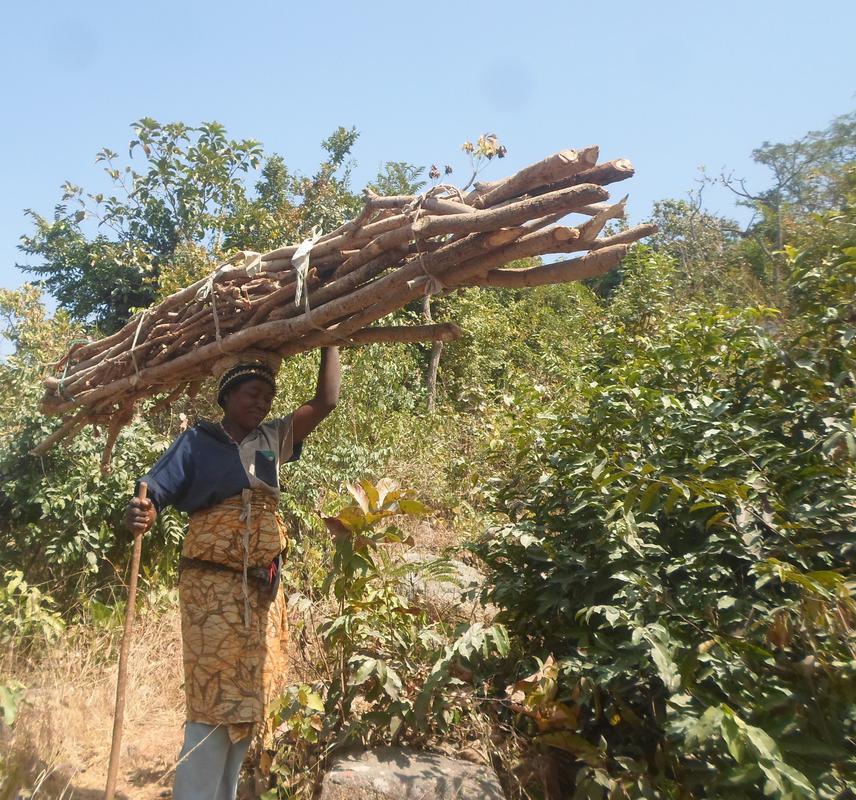Iveren Abiem
The project will document plant species composition of the Naraguta Mountains and will estimate the remaining area of the mountain covered by vegetation so that advocacy for its protection can be made.

Firewood collection by a woman from the village.
The Naraguta Mountains is one of the major mountains in the central region of Nigeria with a typical Guinean savannah vegetation. These mountains are a major part of the Jos Plateau mountain range which are sources of several rivers that flow in the northern part of the country. There was a proposal in 1996 for some part of the mountains to be gazetted as protected area. However, due to insufficient data and changes in government regimes and policies, the idea was abandoned. The area has been under a lot of anthropogenic pressures especially in the last few years owing to an increase in population due to rural – urban migration, agricultural activities and other factors like insurgency in the North-east region of Nigeria resulting in a lot of inflow of persons to the central region. This information is further confirmed by the head of Naraguta community where the mountains are located.
The cover, height and abundance of trees, shrubs and herbs, as well as the basal area of trees will be measured. Elevation, slope, aspect and disturbance intensity will also be measured. Data collected will be used to estimate plant species diversity and density. The importance value (IV) of each species will be calculated and used in multivariate analysis of communities. Satellite imagery for years 1996, 2006 and 2014 from LandSat Enhanced Thematic Mapper (ETM+) data will be obtained and analyzed to measure Normalized Difference Vegetation Index (NDVI) and form land cover maps. This will be used for simple plots to show changes in density of the different vegetation types in the space of ten and eighteen years since the proposal of gazetting part of the mountain as a protected area was made.
Results from this study will be used to propose conservation strategies to the Plateau State Ministry of Environment so that anthropogenic activities can be controlled on the mountains. The study will suggest to the government and the local community on the need to designate the Naraguta mountains as a protected area as was once intended so that its remnant bio-resources can be conserved. Data collected from the study will be made available to the agency compiling data on the red list of threatened species in Nigeria so that proper conservation priority can be given to them. The study will also provide a background for future studies on biodiversity to be carried out in the area.